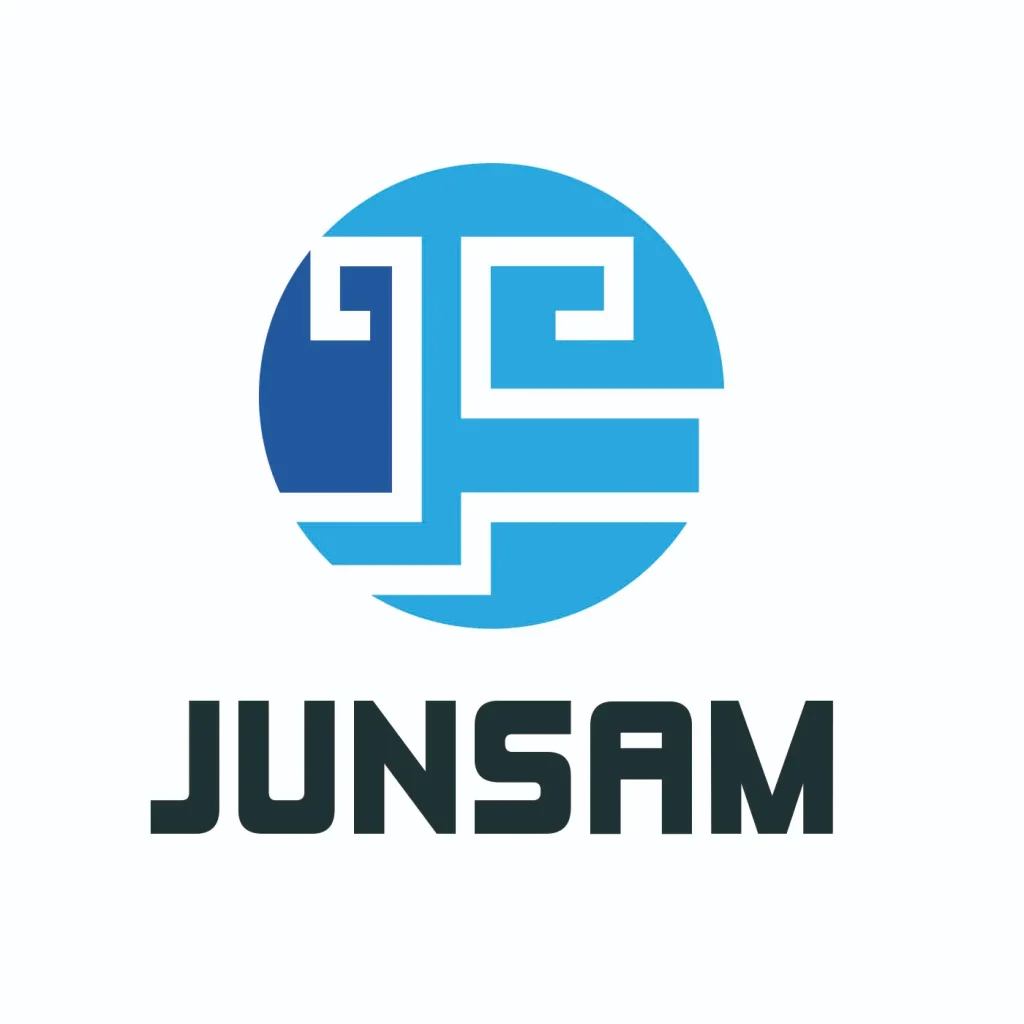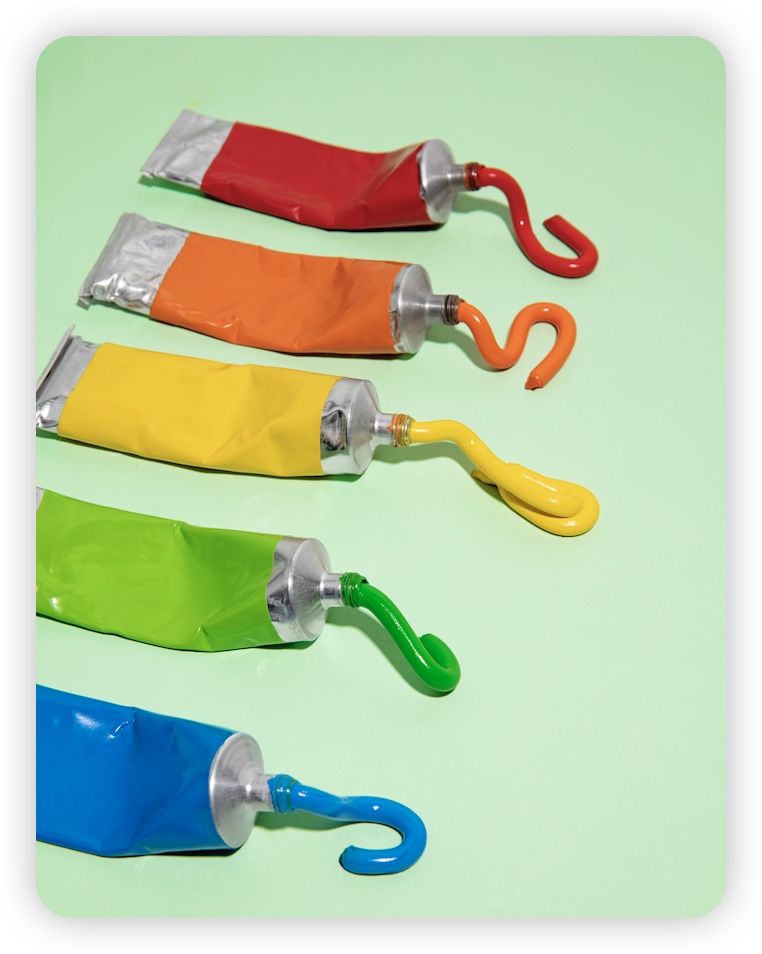The evolution of leak-proof technology in pigment packaging—from threaded seals to modern advanced sealing systems—has revolutionized the aluminum tube for pigment. This innovation ensures near-zero leakage and aligns with environmental protection and market adaptability trends. As consumer preferences shift toward improved functionality and sustainability, these advanced aluminum tubes set the stage for a new era of artistic innovation and zero waste.
1. The Rise of Aluminum Tube for Pigment in the Industry
In an industry where quality and durability are paramount, the aluminum tube for pigment has become the container of choice. Aluminum tubes offer unmatched watercolor and oil paint benefits compared to plastic or laminated alternatives. Their inherent properties provide:
Zero-Waste Extrusion Design:
Soft and pliable, these tubes allow every last drop of pigment to be squeezed out, minimizing residual waste.
Long-Term Freshness:
The complete barrier properties of aluminum prevent oxygen and moisture ingress, keeping pigments fresh and extending shelf life by over 30%.
Anti-Reabsorption & Contamination Resistance:
The tube mouth seals naturally after use, deterring air backflow and pigment agglomeration—a crucial advantage for both professional and children’s products.
Cost Efficiency & High Productivity:
Aluminum tubes are economical to produce on a large scale, cutting costs by 15%–20% compared to multi-layer composite options.
Versatile Cover Design:
From standard screw caps to child-resistant models, these tubes adapt to various usage scenarios and enhance shelf appeal.
Environmental & Brand Benefits:
Fully recyclable aluminum and high-precision offset printing support sustainability and strengthen brand recognition.
Each advantage reinforces why the aluminum tube for pigment is central to modern pigment packaging.
2. Evolution of Leak-Proof Sealing Technology
The journey toward “zero leakage” in pigment packaging has seen a gradual refinement in sealing technology, marked by two pivotal eras:
Threaded Seal Era (1950s–2000s)
Early designs relied on the mechanical engagement of tube threads and metal caps. Although cost-effective, these systems had limitations:
Wear and Tear:
Repeated opening and closing led to thread erosion, reducing the sealing effectiveness and resulting in 5%–8% pigment leakage rates.
Contamination Issues:
Pigment residues on the contact surfaces between the cap and tube increased the force needed to reopen the container, impacting the user experience.
Modern Advanced Sealing Era (2010s–Present)
The latest generation of packaging employs an innovative internal mechanism made of elastic silicone to control pigment outflow. With a gentle pinch, the system releases the pigment and automatically re-seals, virtually eliminating leakage. This design supports effortless, one-handed operation and reduces leakage rates to below 0.3%, setting a new standard for professional and consumer products.
3. Market Trends: The Rise of Small-Capacity Aluminum Tube for Pigment
Consumer demand is shifting toward smaller, more efficient packaging:
Portability and Leak Resistance:
Lightweight small-capacity tubes (5g–10g) are ideal for outdoor use, reducing the risk of breakage and leakage.
Disposable and Ready-to-Use:
Designed for single use, these tubes minimize the chance of seal failure after repeated openings, ensuring pigment remains fresh for longer periods.
Cost-Effective Multi-Color Sets:
Smaller tubes in multi-color packages lessen the impact of a single leak and offer higher cost-effectiveness.
For professional settings, larger aluminum tubes (over 20ml) are still favored for their volume despite their slightly higher risk of leakage from frequent use.
4. A Future of Environmental and Business Wins
The aluminum tube for pigment not only addresses leakage concerns but also champions sustainability:
Lower Carbon Footprint:
Recycling an aluminum tube generates 47% fewer carbon emissions than plastic alternatives.
अवशेष कम करना:
Advanced sealing technology minimizes pigment waste, preventing tons of pigment from leaking annually.
Eco-Friendly Branding:
Direct printing on aluminum tubes reduces the need for additional packaging, lowering resource consumption.
Frequently Asked Questions about Aluminum Tube for Pigment
Q1: Why are aluminum tubes more suitable for packaging pigments than प्लास्टिक ट्यूब?
A1: Aluminum tubes offer complete barrier properties to prevent oxidation, support efficient extrusion, and are 100% recyclable, making them ideal for pigments.
Q2: What are the advantages of small-capacity aluminum tubes (5g–10g)?
A2: They are highly portable, reduce the risk of leakage with single-use convenience, and allow for cost-effective multi-color combinations.
Q3: Is aluminum tube packaging environmentally friendly?
A3: Yes. Aluminum is infinitely recyclable, and the production process consumes significantly less energy than plastic alternatives, further enhanced by eco-friendly printing techniques.
Q4: Why do professional artists choose large-capacity aluminum tube for pigment?
A4: Large-capacity tubes are cost-efficient for high-volume, frequent use in studio environments despite requiring careful sealing to prevent pigment drying.
Q5: How can one identify a high-quality pigment aluminum tube?
A5: Look for a smooth, burr-free tube mouth and consistent offset printing that accurately reflects the pigment’s color and quality.


